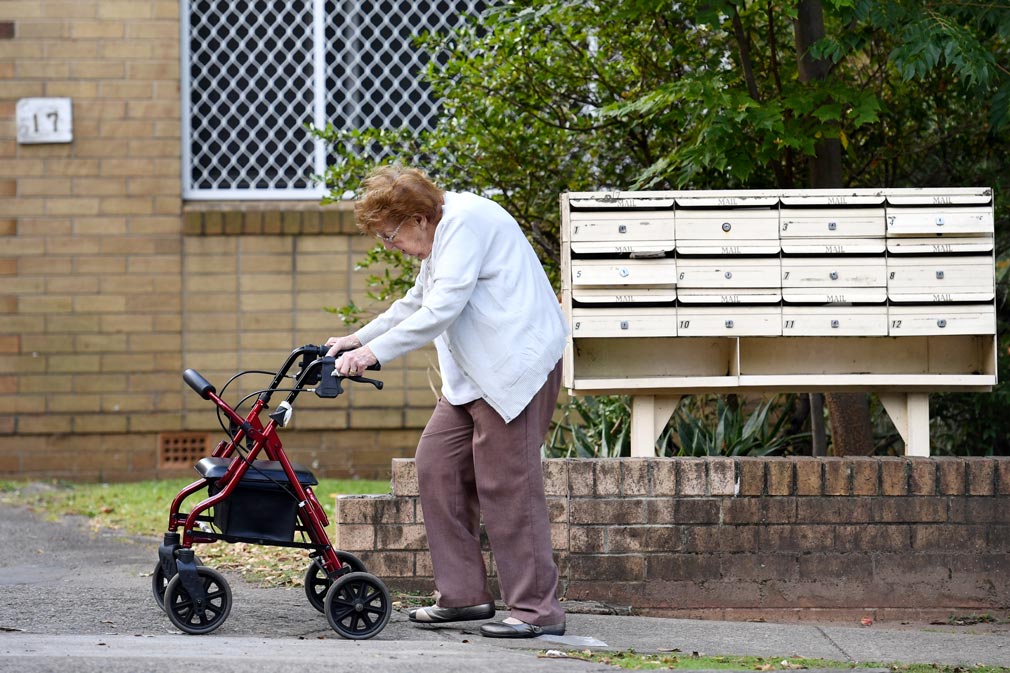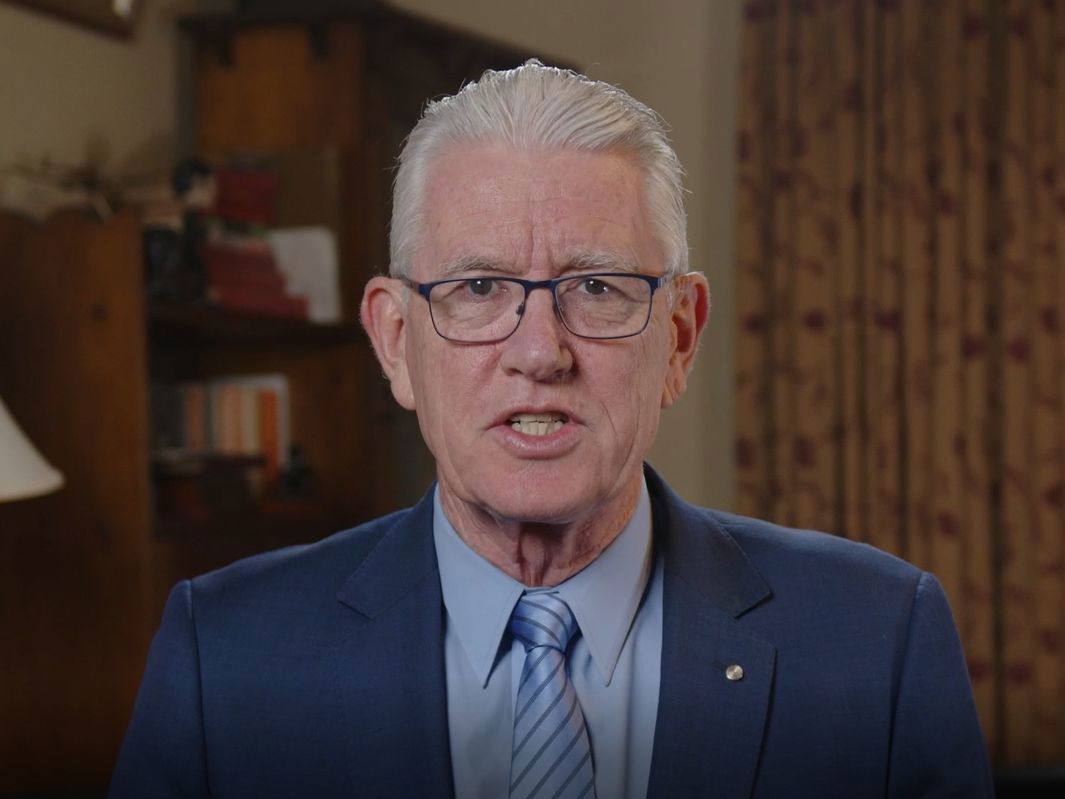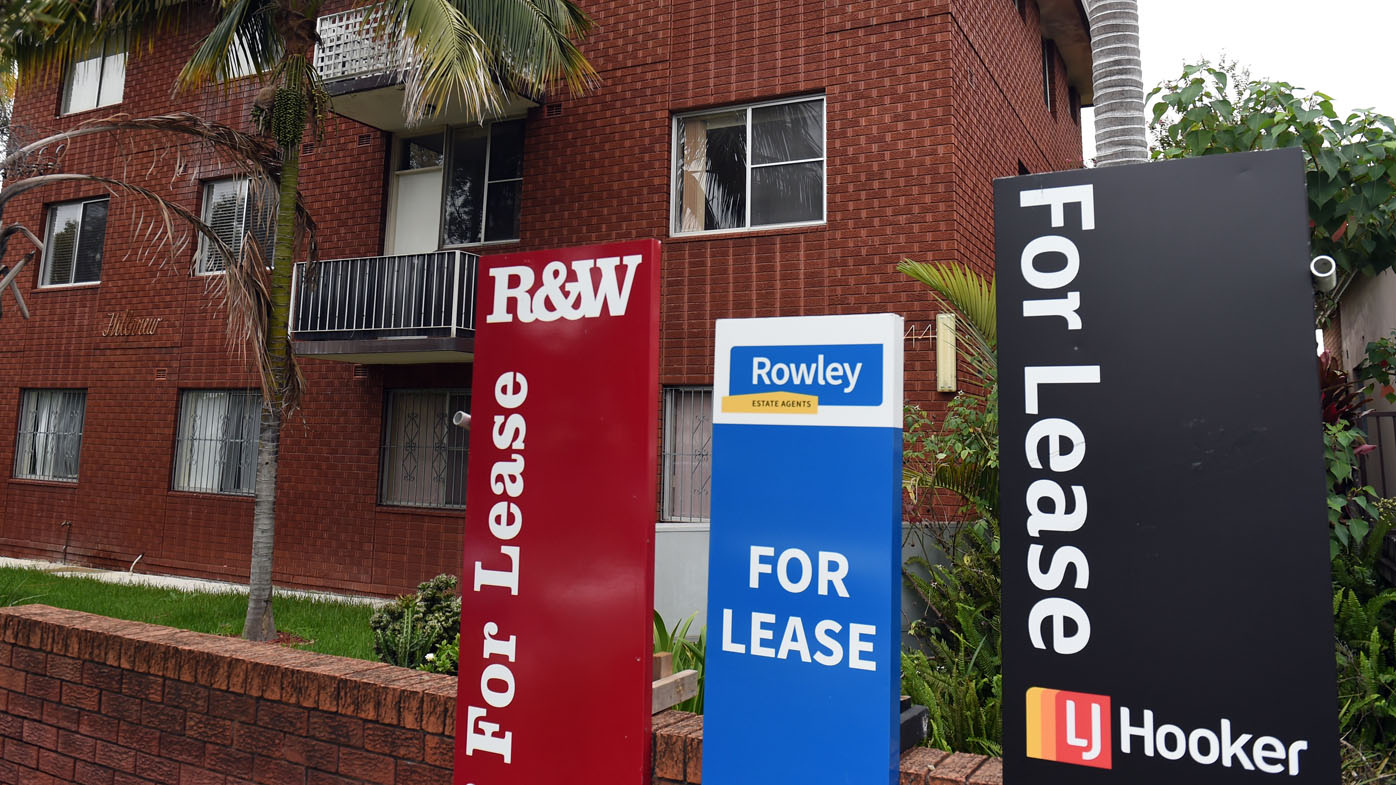Pat Isaacs doesn’t eat meat – not because she is vegetarian – but because she cannot afford to buy it.
She doesn’t drink alcohol, smoke or gamble. She can’t afford to buy new clothes. She doesn’t have any investments and no superannuation.
She has a small bank balance for emergencies, which she is forced to dip into to survive.
Pat is 78 and the Age Pension is her only income. Groceries costs are increasing, as are her medical costs.
Every month life is getting more expensive, but the pension does not increase.
“I was doing OK really until everything increased in price so much,” Pat tells 9News.com.au
“Now I’m not sure I will survive with the age pension as my only income. My $250 cost of living bonus went the next day when my car battery died.
“I’m not sure how well I will survive at 78 and plan to be around a while longer to enjoy my family.
“What would Scomo and his mates know about my reality? They get a third of my week’s income for meal allowance each day! So out of touch with real issues.”
Pat’s situation is not unique.
Around 1.5 million older Australians rely on the age pension as their main source of income. When paid at the maximum rate, the age pension is just over $25,000 a year for singles.
OECD data shows that a third of Australians over the age of 65 were at risk of being in pension poverty. Of those, single women who are renting are most vulnerable.
New data from the Australian Bureau of Statistics (ABS) released two weeks ago shows that pensioners are suffering from the highest annual increase in living costs in 16 years.
The response to the story was overwhelming.
Many pensioners who shared stories of struggling to survive on the age pension would not give their names, out of shame or a fear that they will be seen as a burden to their families.
In March this year the Age Pension increased in line with inflation, giving an extra $10 a week for single pensioners and $15 a week for couples.
It was touted as the biggest increase since 2013 – but only because the last six months have seen the largest cost of living increase since the introduction of the GST in 2000.
In 2016 the Benevolent Society commissioned an investigation into the adequacy of the age pension, conducting town hall meetings and analysing HILDA data that covered more than 9,000 households and more than 25,000 individuals.
It concluded that the pension was “barely effective” at keeping older Australians out of poverty.
“Pensioners mash their food because they cannot afford to visit the dentist to have their teeth fixed. Some turn off their hot water for months on end because they cannot afford the utility bills. Others split one meal into three in order to stretch out their food budget,” the report reads.
“This is what life on the pension looks like in Australia. It is not one that the majority of us would find acceptable for ourselves.
“We must therefore ask why it is acceptable for a subset of older Australians who are our parents, friends and neighbours.”
Ian Henschke is the Chief Advocate for National Seniors, a not-for-profit organisation that campaigns for better outcomes for older Australians.
He says pensioners are being ignored by the government, and have “barely featured” in an election campaign that is almost entirely focused on the cost of living.
“We’ve got pensioners living in poverty and they are out of sight, out of mind,” Henschke tells 9News.com.au
“No one no one is caring about it. And I don’t know why. In the entire election campaign, there was virtually nothing said about about the adequacy of the age pension.
“What happened is that they said ‘we gave $250 as a cost of living adjustment’. That’s $5 a week. Now, if you’re renting and your rate went up by CPI, that $5 a week that disappeared the moment it hit your bank account.”
Henschke says other than raising the age pension outright, two things need to be done to lift more older Australians out of poverty: an independent tribunal needs to set the pension, and older Australians must be able to work more hours without their pension being cut.
“We have an independent tribunal that sets the wages of politicians. We have an independent tribunal that sets the basic wage. We have an independent tribunal that sets that Fair Work wage for someone in aged care,” he said.
“Why wouldn’t you have an independent body that sets the rate of the age pension?”
Henschke says he knows of many pensioners who are forced to work because the age pension is not adequate to cover their rent, power bills and the soaring cost of living.
Under current rules, a single pensioner can earn up to $180 a fortnight – just $90 a week – before their pension is cut.
Under the Age Pension income test, for every dollar of income earnt over $180 a fortnight a person’s age pension will be cut by 50 cents for each dollar over $180.
A recent “Work Bonus” was also introduced, whereby pensioners get the first $300 of income a fortnight to lower their eligible income.
He argues that if pensioners were allowed to work without their pension being cut, it is likely that their combined efforts would contribute more income tax and a greater boost to Australia’s GDP that the savings recouped from the government by cutting their pension.
“Don’t penny pinch off the pensioners. Change the taxation system,” he says.
“Those people that still need to work, or those people that still want to work, or those people that are actually working to get a better deal – why do they want to work? In many cases it’s a necessity.”
Henschke argues that fundamentally, pensioners are not being paid enough and when they work to cover their expenses and contribute to the economy, they’re being unfairly penalised.
“The bottom line is, the age pension is not adequate to provide for all Australians,” Henschke says.
“We’ve got roughly one in four older Australians living in poverty. And the fastest growing group of people who are in poverty are single women who are renting.”









